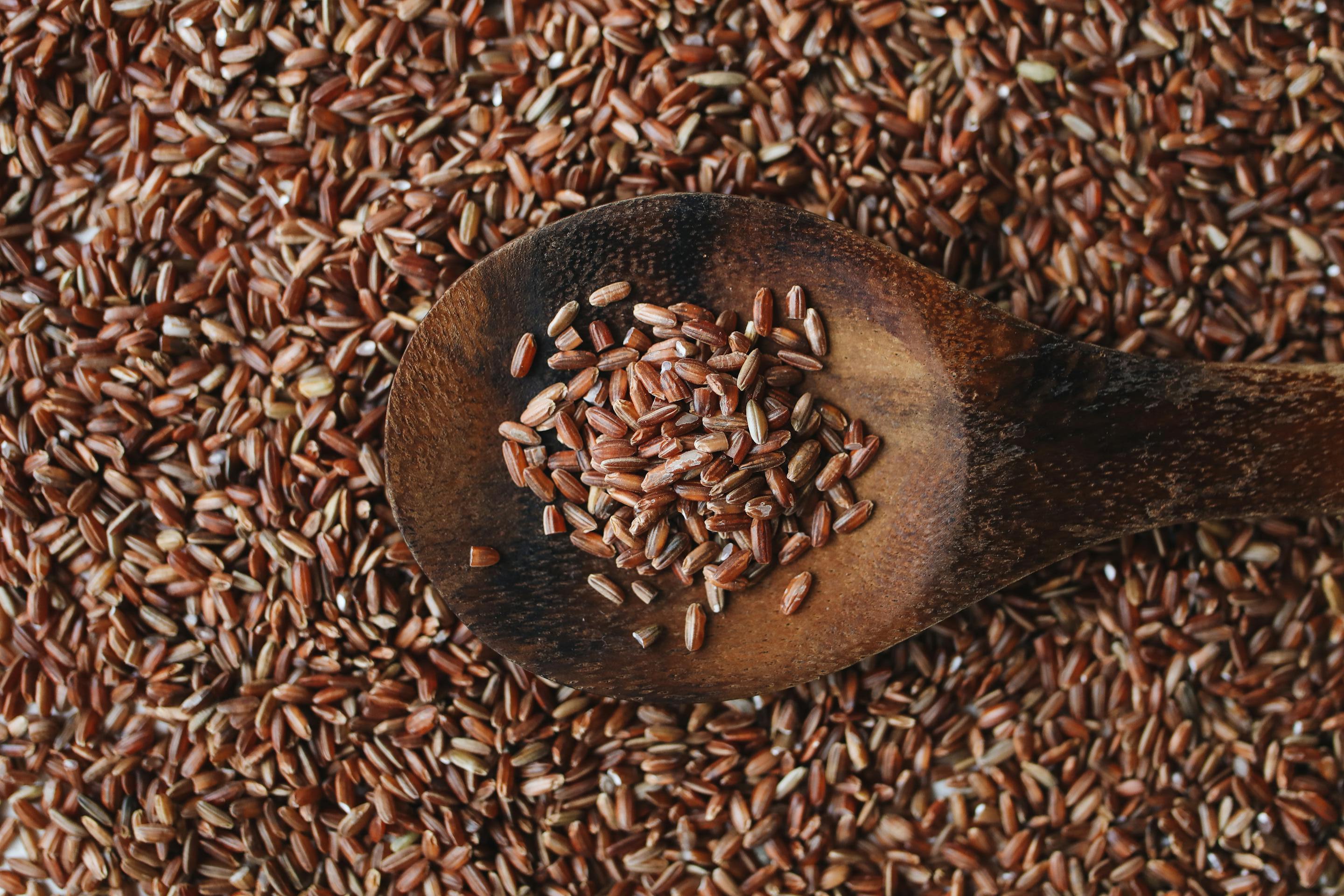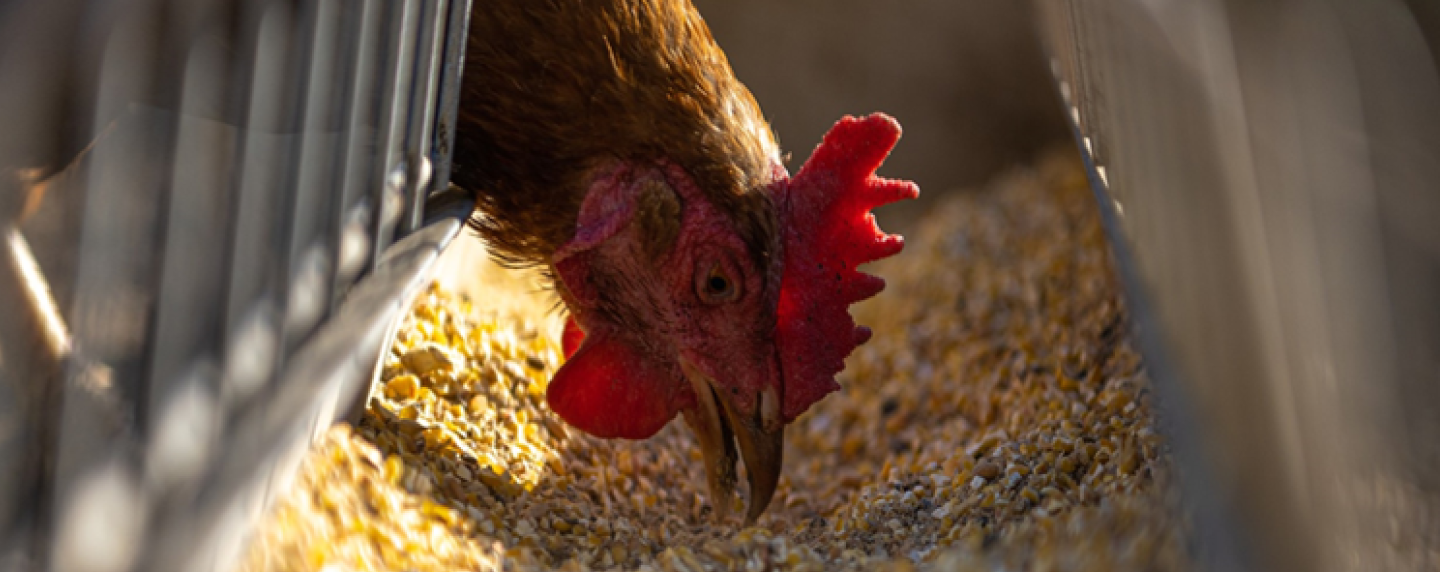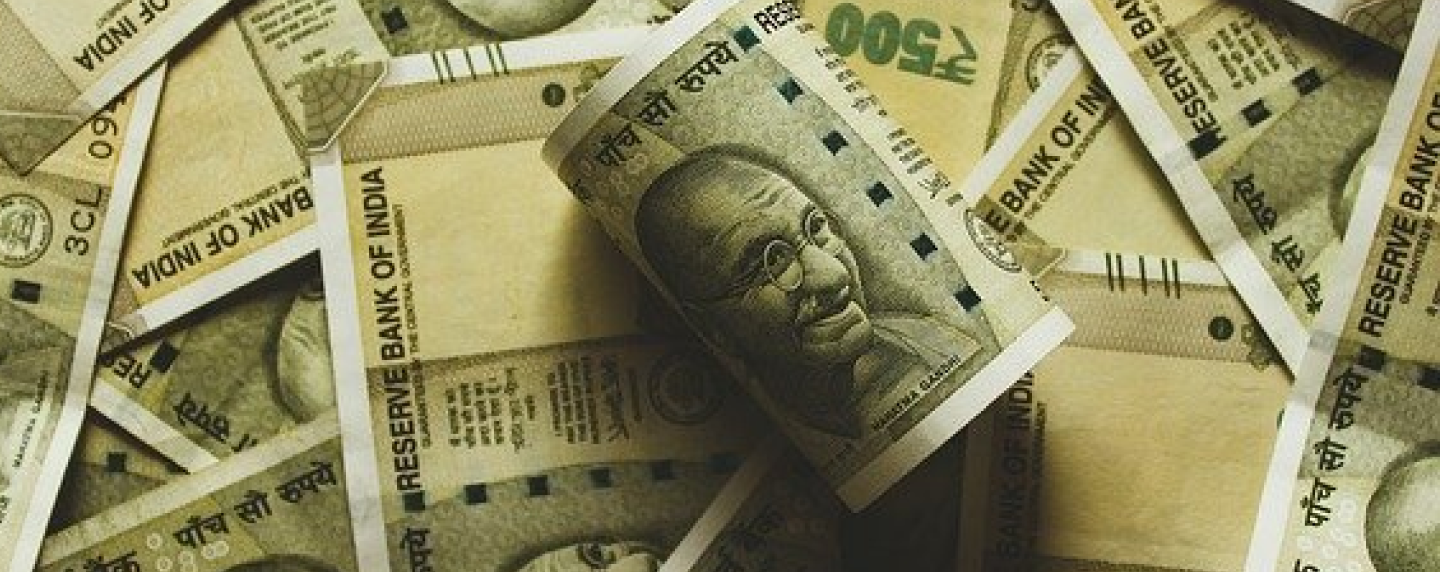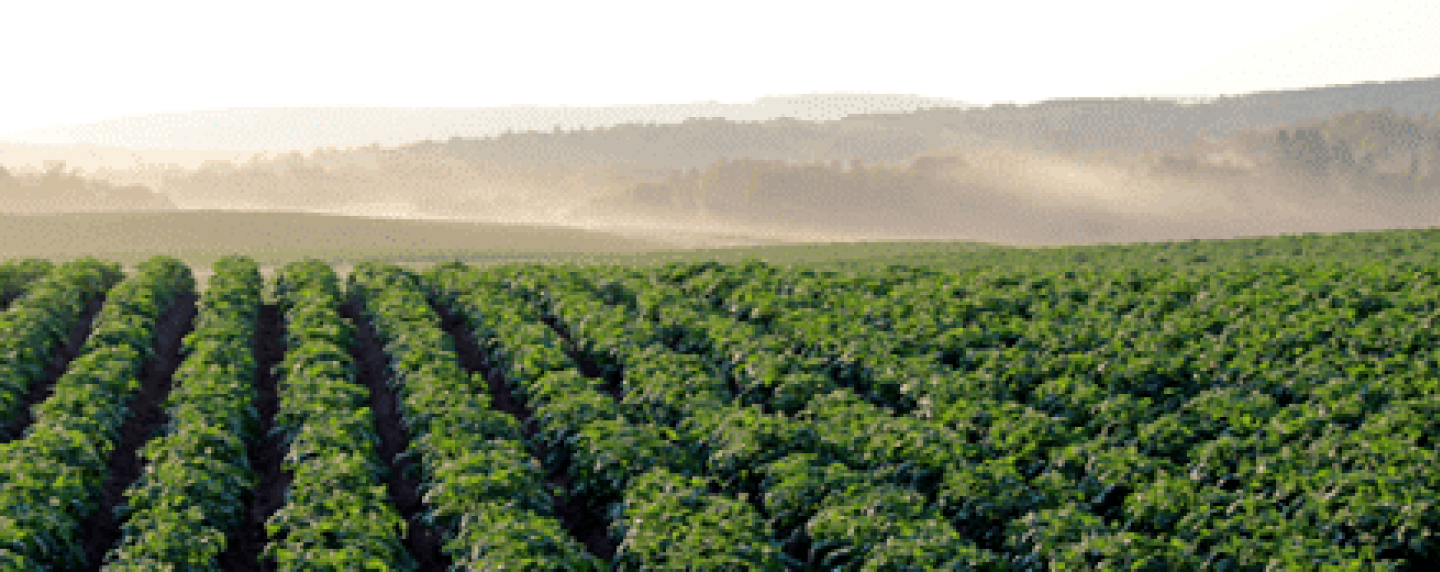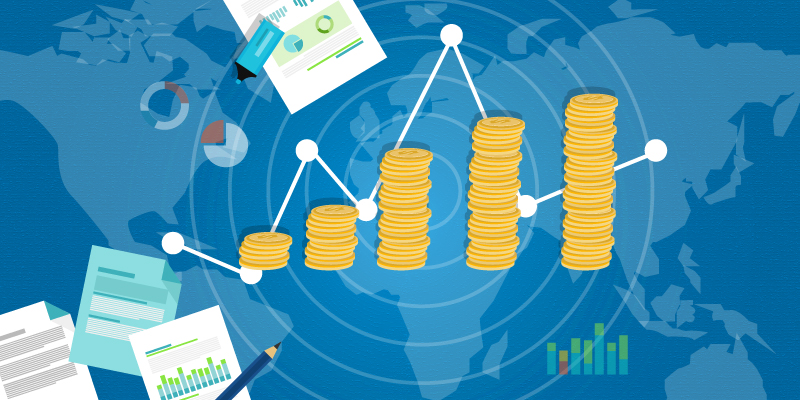Data science applications in Agriculture
Illustration by Zephyr Peacock
“The time is ripe for the Indian agricultural sector to adopt best practices by using data science, deploy smart farming techniques and build integrated supply chains to boost productivity,” writes Pankaj Raina, Managing Director, Research and Investments, Zephyr Peacock.
Click here to read the full article on “YourStory”
Below is an excerpt from the post that first appeared on YourStory on 29 September 2020:
Importance of agriculture and the current landscape
Agriculture and allied sectors in India employ about 50% of India’s workforce. Yet, it contributes to less than a fifth of the GDP. An average farmer in India earns less than US$ 2000 per annum, compared to the United States of America, where the Food and Agriculture sector contributes ~US$ 1tn to the GDP and employs roughly 25 million people, directly and indirectly.
The Food and Agriculture per capita GDP in the US is ~ US$ 40,000. Even with the largest area of land under agriculture in the world, agricultural yield per hectare is still low for major crops in India. The gap in productivity and efficiency in the Indian farm and agriculture sector is a glaring one.
Farm productivity and farmer income in India is plagued with several challenges – marginal land holdings of farmers making mechanisation difficult and implementation of technology difficult or unviable, timely access to genuine and high quality inputs and farming advice, heavily intermediated supply chains, dependence on monsoon rains, and inadequate storage facilities.
Furthermore, farmers lack institutional support in terms of access to financial services (loans, insurance) and capacity building. With their incomes already under pressure, farmers are unable to modernise agricultural practices to improve yield.
Demand for food continues to increase as the population grows. Productivity challenges in the agricultural sector need urgent solutions. Even as basic food security is achieved, changing consumer preferences are leading to rising demand for healthy, fresh, and nutritious food options beyond just carbohydrates.
Conscious consumers want to know how and where their food has been produced, processed, and stored before it reaches their table.
Data science and its uses to address the agriculture sector’s challenges
Data science is the method of gleaning insights from data. It enables the use of real-time data and past data to form meaningful insights on buyer behaviour, customer credit behaviour, product testing, cropping patterns, and others.
Data science already plays a significant role in banking and healthcare, both in India and globally. The principles of data science could also be applied to the Indian agriculture industry across the value chain from the farm through retail.











